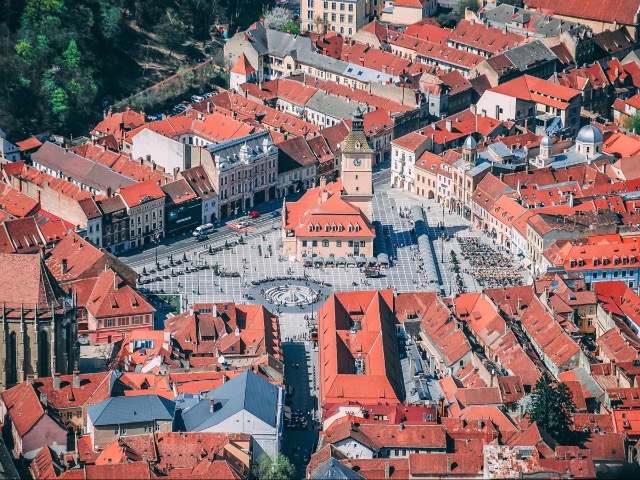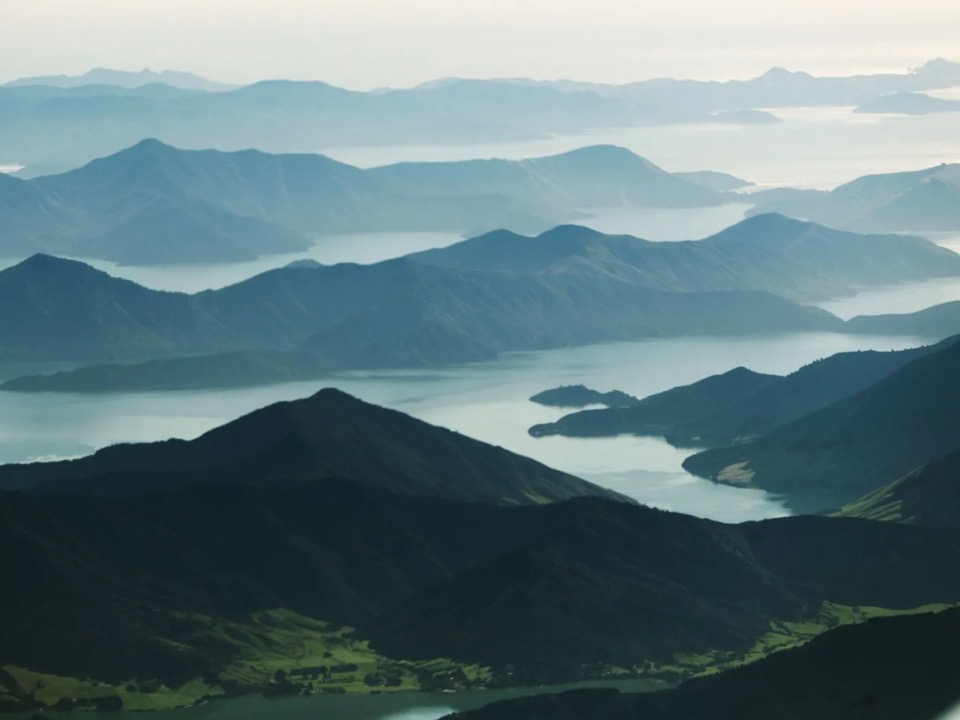
This story appears here courtesy of TheChurchNews.com. It is not for use by other media.
By Rachel Sterzer Gibson, Church News
Editor’s note: This month marks the 175th anniversary of the vanguard company of pioneers arriving in the Salt Lake Valley, in July 1847, after Latter-day Saints were driven by mobs out of the Nauvoo, Illinois, area the preceding year. The Church News is honoring the achievements of pioneers crossing the Plains 175 years ago and also of Latter-day Saint pioneers of different times on every continent. Today: Wetekia Ruruku Elkington of New Zealand.
Vicki Lee Wihongi is a busy woman these days.
The COVID-19 pandemic has exacerbated many people’s feelings of loneliness or isolation or left them to deal with chronic health challenges or escalating financial worries.
As a licensed counselor, business, as they say, is brisk.
Wihongi is also the director of a Church communication committee preparing for the upcoming open house of the Hamilton New Zealand Temple.
And she’s the mother of six children, the grandmother of 16 grandchildren and looks after her aging mother. “That’s my first responsibility — and my first joyful work,” Wihongi said with a smile.
Still, “There’s always lots to do, lots to do.”
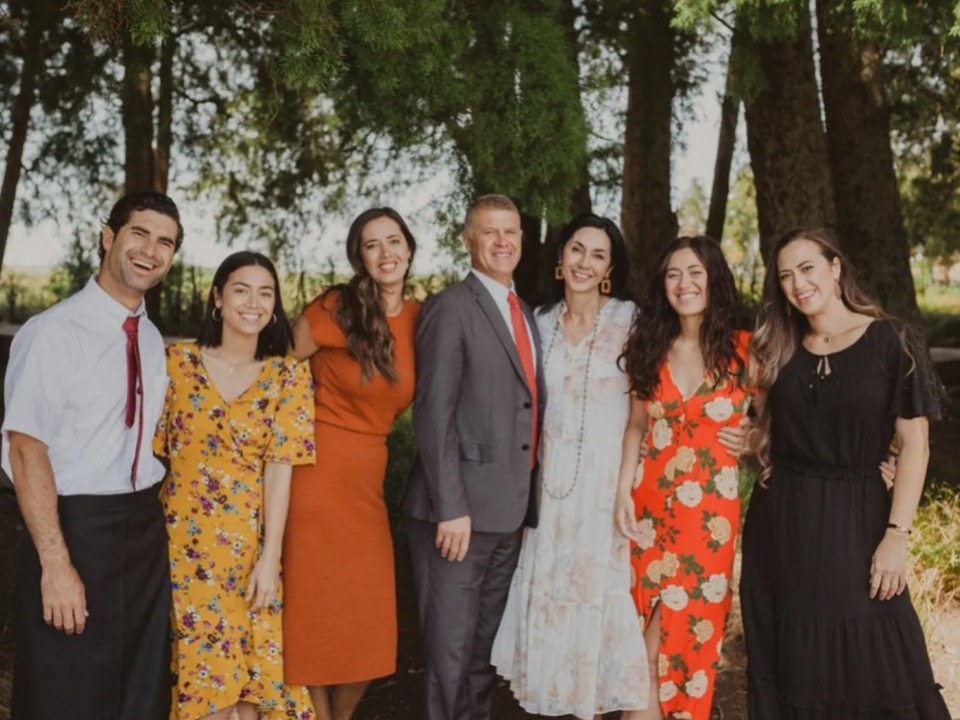
Amidst the family photos and professional credentials hanging in Wihongi’s office in Hamilton, New Zealand, is a framed black-and-white portrait of her great-grandmother, Wetekia Ruruku Elkington.
In the photo, Wetekia is pictured as a young woman with long flowing hair, dark intelligent eyes and a serene expression.
Looking at the portrait — knowing of the life and testimony of her great-grandmother and her tuupuna (ancestors) — reminds Wihongi that she isn’t alone. While learning about the trauma experienced by others, her tuupuna strengthen her, Wihongi said, allowing her to, in turn, support her clients.
A Pioneer of New Zealand
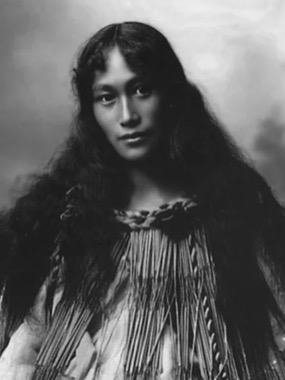
Wetekia Ruruku was born June 19, 1879, on D’Urville Island in the Marlborough Sounds along the northern coast of the South Island of New Zealand.
To the Maori, it is known as Rangitoto ki to Tonga, or “red sky of the south” and the mountainous 58-square-mile island is covered in thick native bush, or forest.
The daughter of a chief, Wetekia was considered a matakite — a visionary. As a young woman, she dreamt one night of two Pakeha (English) men in top hats and black coats who prayed with their right hand raised to the square.
In her dream, there was also a book with its pages open towards her. When she awoke, she was happy and told her father, Roma Hoera Ruruku, of her dream. He said to her, “It is a good dream, you are blessed of God” (“Turning the Hearts of the Children,” Nolamay Campbell, p. 160).
Roma Hoera had been present years before when King Tawhiao had made a similar prophecy about a new religion, where its ministers would come two by two, pray with hands raised and dine, talk and live with the Maori.
So in hearing his daughter’s dream, Roma Hoera believed her. Not long after her dream, he attended a funeral where the man asked to say the karakia (prayer) raised his arm to the square.
When Roma Hoera asked the man about the gesture, he replied that he was a member of The Church of Jesus Christ of Latter-day Saints, that there were missionaries from America, that they lived with the people, spoke their language and raised their arm to the square when they prayed.
Roma Hoera traveled across the Cook Strait to the North Island and found the missionaries, who then taught him the gospel. He was baptized February 22, 1892. Eager to share his new faith with his family, he invited the missionaries to D’Urville Island. Wetekia and many others were baptized on February 27, 1892. A branch was soon organized, with Roma Hoera called as the first branch president.
About three months after his call, a box arrived with the Book of Mormon. Wetekia exclaimed that is was the book from her dream. Her father gave her a Maori alphabet and a copy of the New Testament, and Wetekia taught herself to read.
She married John Arthur (Ratapu) Elkington in 1893. They had 13 children, nine of whom survived infancy. Her children recalled beginning each day with a waiata (song) and prayer and ending each day with scriptures, song and prayer.
In many ways, Wetekia’s life was punctuated by selfless acts of service. She taught and mentored other women, fostered and nurtured many children both in and out of her family, and was a fierce defender of the gospel and her family. Her example and testimony brought others to the Church. In her later years she was paralyzed and bedridden and during the forced rest she set about compiling her genealogy and recording the songs and chants she learned from her father (See “Turning the Hearts of the Children,” Nolamay Campbell, pp. 155-167).
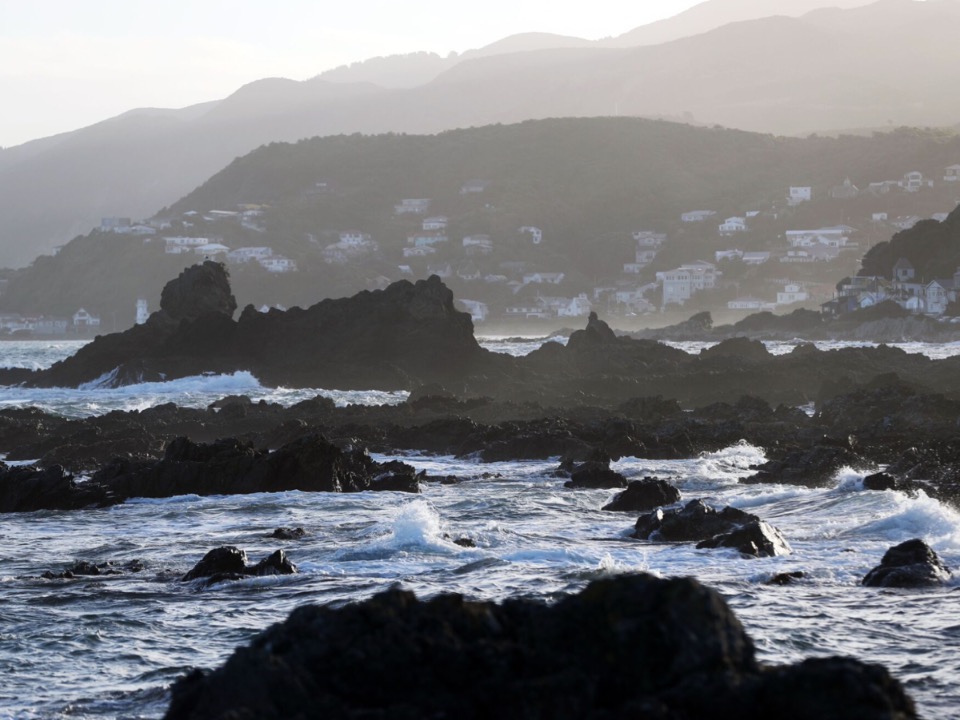
It’s difficult to quantify the impact of Wetekia, Wihongi said. Wetekia’s life and testimony have provided deep roots in the gospel of Jesus Christ that have nourished generations. Wihongi is a fifth-generation Church member, her children and grandchildren sixth- and seventh-generation Latter-day Saints.
Growth of The Church
Wetekia and her father are examples of many early pioneers in New Zealand who provided the spiritual footings for their mokopuna (grandchildren).
The first missionaries arrived in New Zealand in 1854, but missionary work did not begin to take root until the early 1880s among rural Maori communities.
Many Maori, like Wetekia and her father, recognized Latter-day Saint missionaries as fulfillment of prophecy by Maori prophets and were eager to accept the gospel of Jesus Christ. By 1887, 2,243 of the Church’s membership of 2,573 in New Zealand were Maoris. Today, there are roughly 113,000 Latter-day Saints in more than 200 congregations.
The Book of Mormon was first published in Maori in 1889, and the Church continued to grow thanks to those faithful Maori converts.
In the 1950s, the Church strived to provide greater educational opportunities, and labor missionaries were called to build the Maori Agricultural College and later the Church College of New Zealand and other religious and educational buildings.
In 1955, plans were announced for a temple to serve members of the Church throughout the South Pacific. A green hilltop adjacent to the Church College of New Zealand called Tuhikaramea, five miles from Hamilton, was selected.
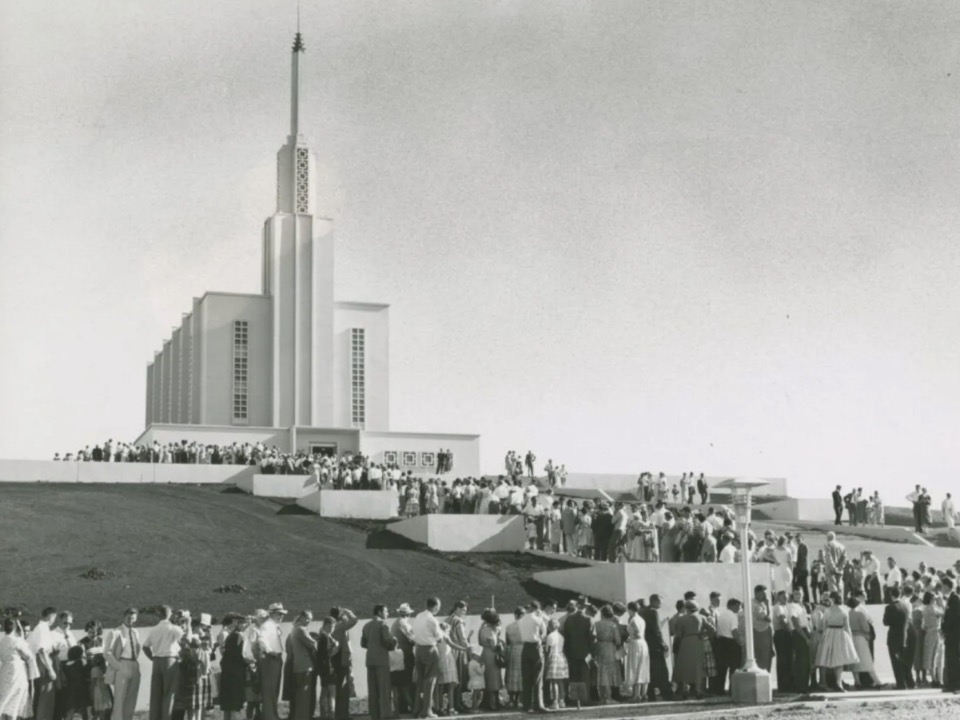
To help in the temple construction, building contractors from the United States were called on labor missions, and they trained young labor missionaries called from throughout New Zealand and the South Seas.
President David O. McKay dedicated the Hamilton New Zealand Temple on April 20, 1958. That same year, the Auckland New Zealand Stake was created.
Another sign of the maturity of the Church in the South Pacific was the opening of a missionary training center in Hamilton in 1977. New Zealand’s 30th stake was organized in 2016 — the Dunedin New Zealand Stake.
President Russell M. Nelson announced a second temple for New Zealand in Auckland during the October 2018 general conference. He later announced the location of the temple (Redoubt Road in Manukau City) while visiting Auckland during his Pacific Ministry in May 2019.
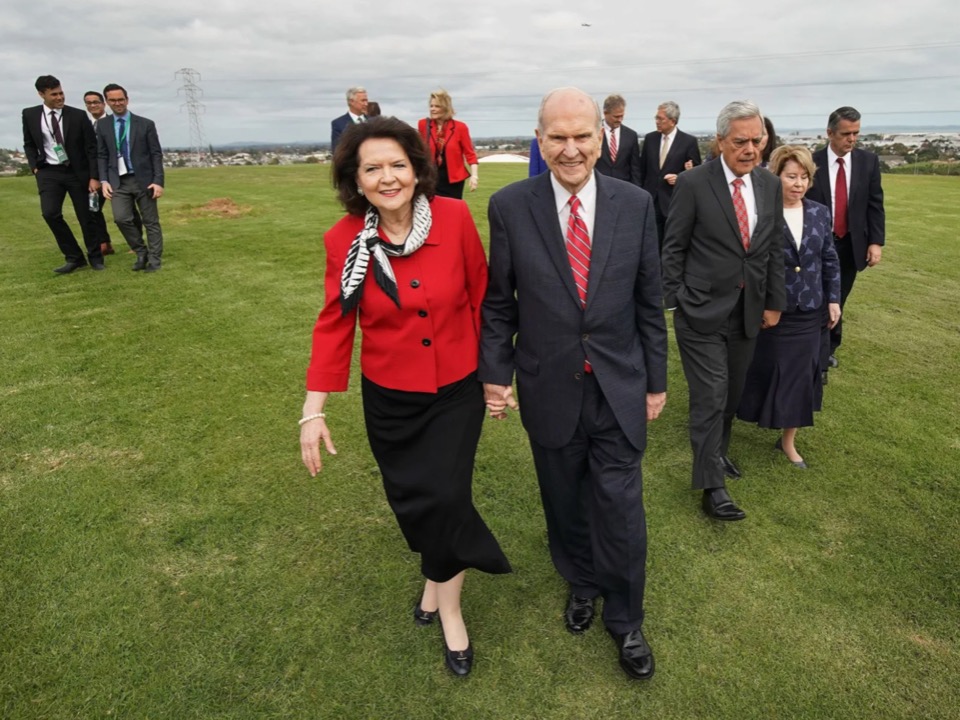
Going Forward
New Zealand today is a melting pot of cultures with strong cultural ties to other Pacific Islands, explained Elder Glen Burgess, an Area Seventy.
The majority of the Church membership in New Zealand is still made up of native Maori and Polynesians. “They are innately loving and a giving people. Service comes naturally to them, and they have a deep love and belief in God,” Elder Burgess said.
With the Hamilton temple being closed for renovations for the past four years, many New Zealand Latter-day Saints have not been able to worship in the house of the Lord, Elder Burgess said. Members are eagerly awaiting the open house next month (August 26 to September 17) and the rededication on October 16.
Wihongi also spoke of her excitement for the reopening of the Hamilton temple. Her father was a labor missionary who helped build that temple. She spent the first year of her life in one the baches, or huts, on the construction site. Her son was involved with the renovation work.
And in addition to her work with preparing for the open house, Wihongi also recently provided the narration for a video produced about the labor missionaries. As they were recording one day, she felt the presence of her deceased dad and uncle and other individuals who were all excited for the work being done to promote the temple reopening.
“It’s lovely, joyful work,” Wihongi said. “It feels like such a privilege to be involved.”
Members are also looking forward to the completion of the Auckland temple, Elder Burgess added. “The new Auckland temple will stand as a beacon over State Highway 1 and will be an iconic feature of the Auckland landscape.”
In the world today there are many things competing for individuals’ attention and time and challenging their beliefs, Wihongi noted. As a counselor, she sees a lot of fears for the future and the need to feel connected to something larger than self.
Which makes her that much more grateful for her tuupuna. “It’s a beautiful legacy,” Wihongi said.
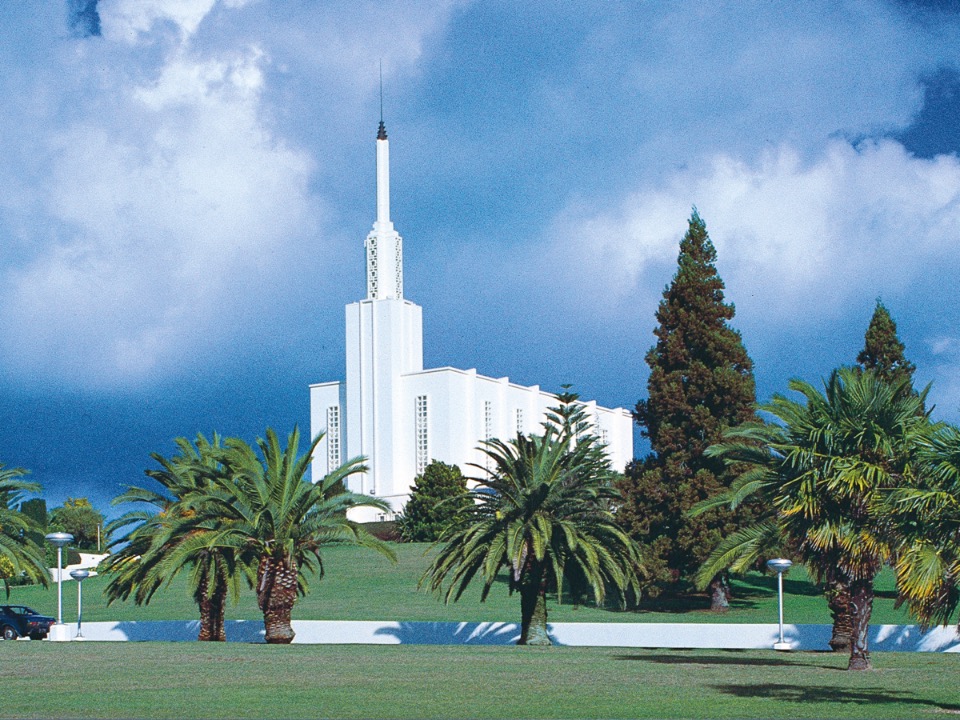
The Church in New Zealand
- Members: 113,436
- Temples: 2 (Auckland and Hamilton) with a third announced in Wellington
- Stakes: 30
- Wards and branches: 224
- Missions: 3
- History: The first missionaries arrived in New Zealand in 1854 and branches were established. Large congregations developed in the 1880s. The Book of Mormon was first published in Maori in 1889. In the 1950s, many members were called as labor missionaries to help construct educational and religious buildings, including a temple in Hamilton, which was dedicated in 1958. That same year, the Auckland Stake was organized, the first in New Zealand.
Copyright 2022 Deseret News Publishing Company.
